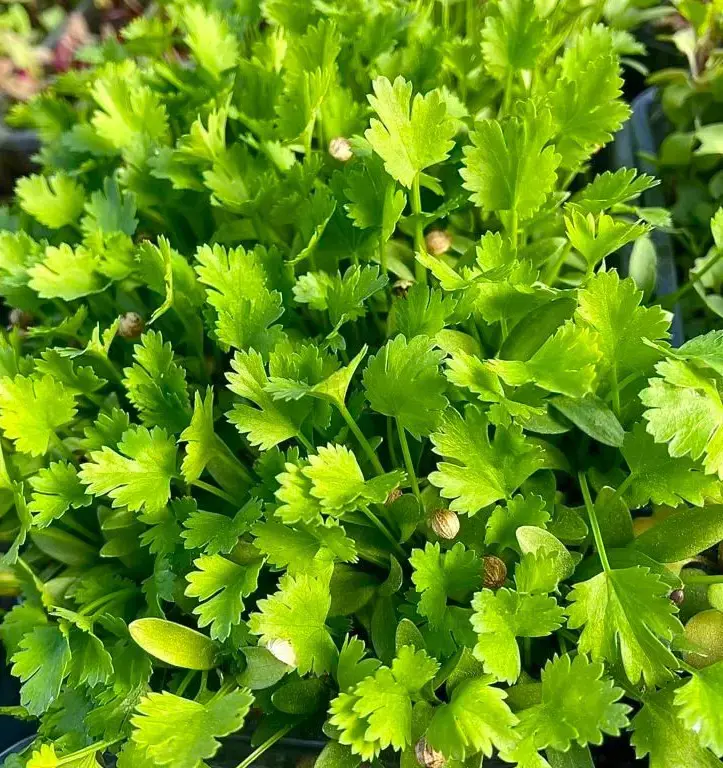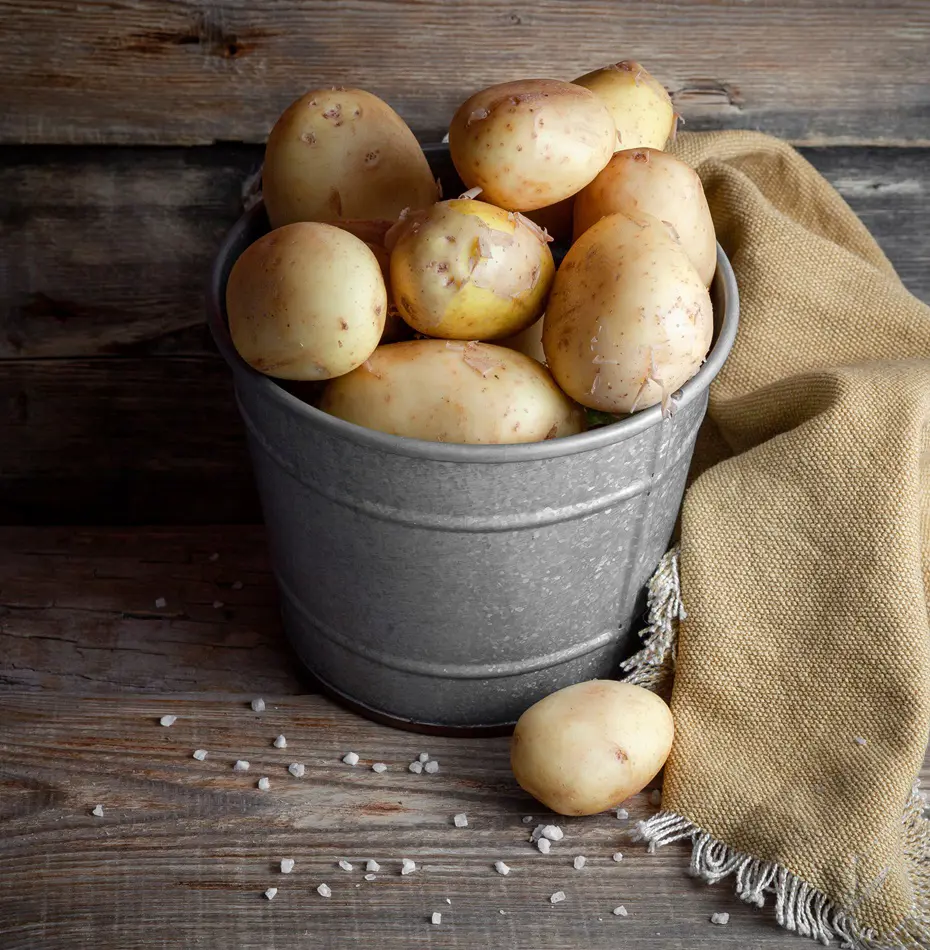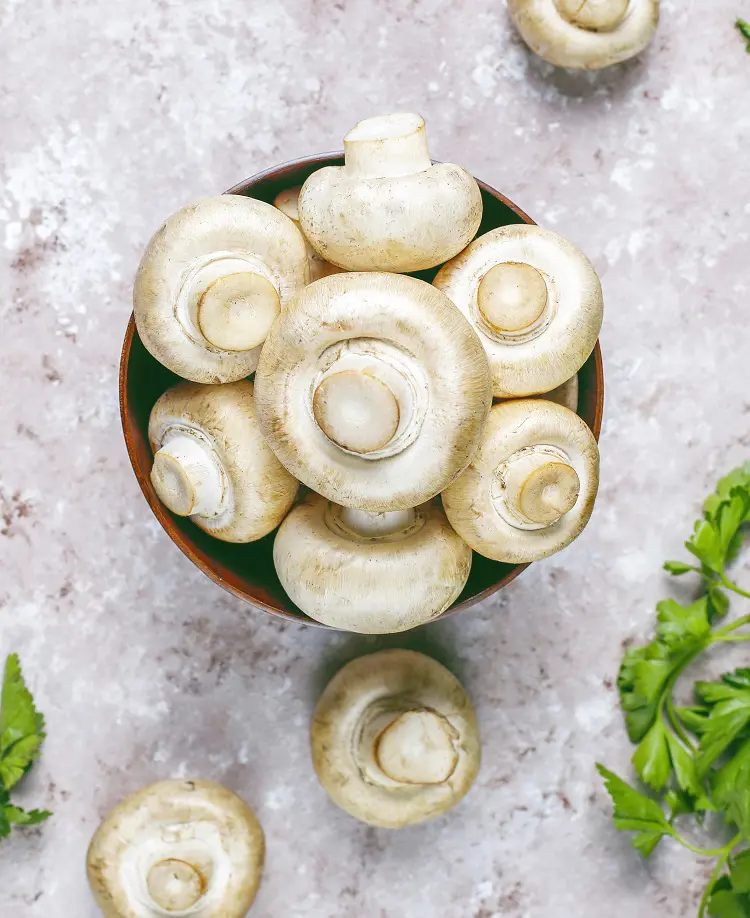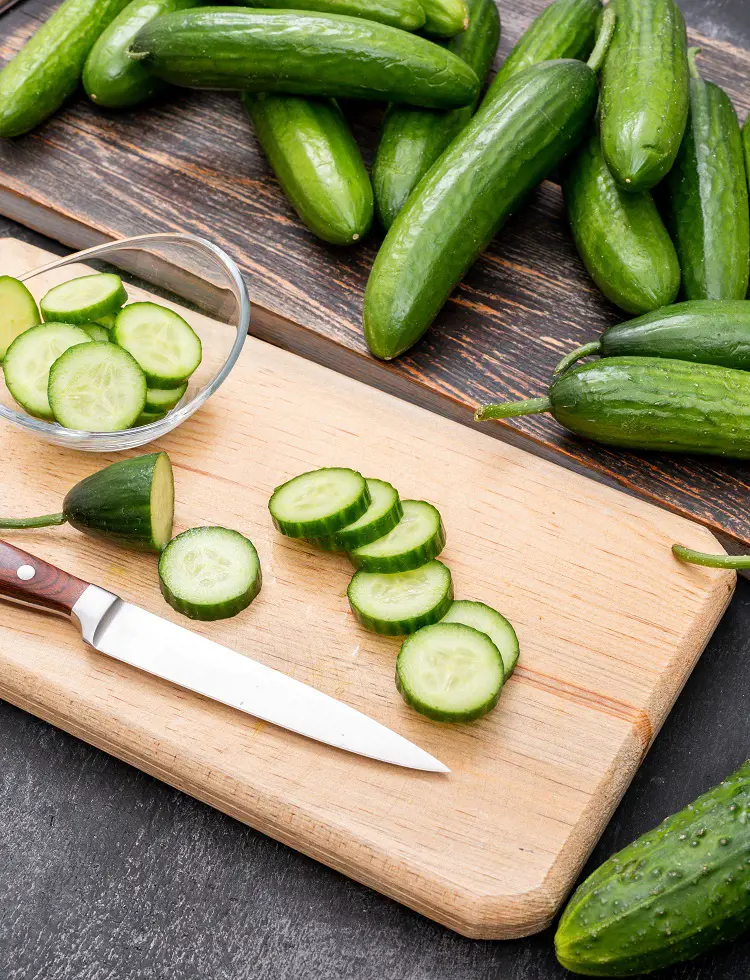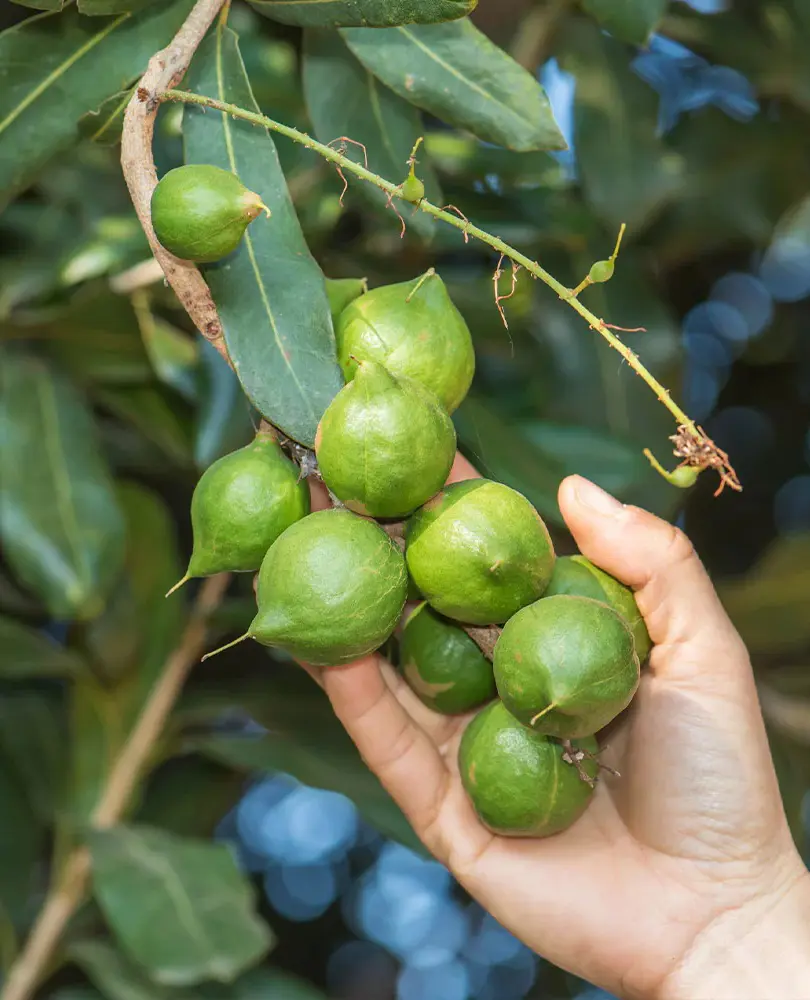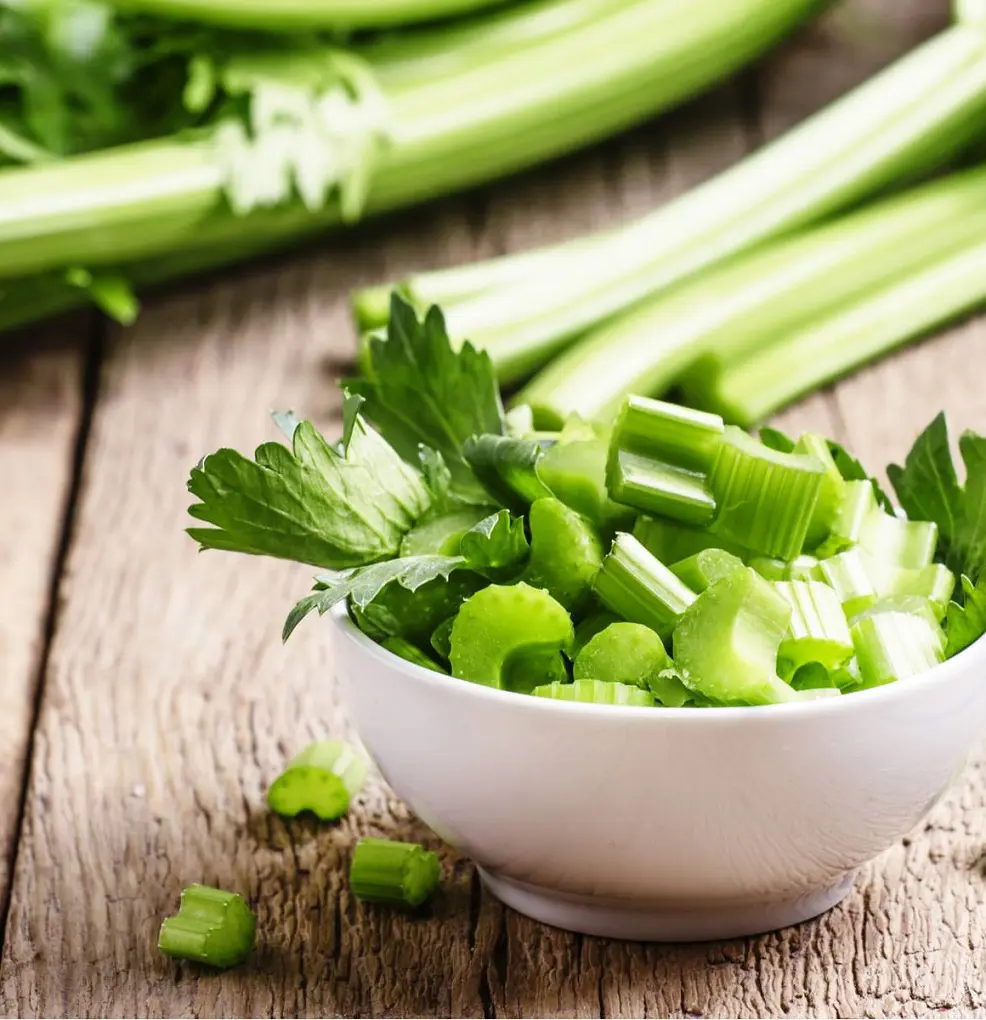
Celery is a versatile vegetable that gives salads, soups, and snacks a pleasant crunch due to its crisp texture and refreshing taste. If not stored properly, it can quickly lose its vivid flavor and become limp. To bring out its complete culinary potential, it must be preserved at its freshest.
Knowing how to store celery properly may make a big difference, whether you're a food aficionado or just enjoy having fresh veggies on hand. This blog will instruct you how to preserve your celery taste its best for longer, from choosing the best stalks available to employing easy at-home storage methods.
How To Choose Celery Before Storing?
Choosing carefully at the grocery store is essential if you want to preserve the freshness and flavor of the celery you store. Here are some important things to think about:
- Evaluating Firmness: Give priority to stalks that exhibit a noticeable rigidity when gently squeezed. This suggests a high moisture content, which translates to the best flavor and crispness when eaten. Avoid rubbery or floppy stalks as well, as they indicate possible spoiling and moisture loss.
- Analyzing Color: Look for celery with vivid, leafy green stalks and leaves; this is a sign of optimal nutritional content and freshness. Avoid celery that has brown patches or wilted, yellowing stalks since these indicate a possible loss of flavor and a deterioration in quality.
- Inspecting the Leaves: There shouldn't be any indications of wilting or yellowing; the leaves should be a vibrant green. A good way to gauge the overall freshness of celery is to look for new leaves.

- Employing Olfactory Senses: The perfume of fresh celery is pure and pleasant. A strong or musty odor in celery may indicate that it has decayed or that the storage circumstances were not ideal, which could have affected the flavor.
- Considering Size and Shape: Choose stalks that are medium to large since they have a more developed flavor and a more appealing texture than smaller ones.
Now let's explore how to store celery for optimal flavor in an easy way:
Remove Leaves
One of the most important steps in keeping celery is to gently remove the leafy green tips for maximum freshness and flavor. This seemingly insignificant action has a big impact on how long the stalks last. Celery leaves respire at a significantly greater rate than stalks do.
This results in increased moisture loss and faster wilting. The stalks lose moisture as a result of this withering process, which also lessens the stalks' visual attractiveness flavor, and crispness. Furthermore, the high rate of respiration in the leaves can accelerate the celery unit's overall respiration rate.
The detachable leaves are still perfectly good in soups and salads, but removing them is essential to prolonging the shelf life and maintaining the flavor profile of the celery stalks that are meant to be stored for a longer time.
This simple method prolongs the crisp texture and bright flavor of the stalks by significantly lowering the overall respiration rate.
Wrap in Aluminum Foil
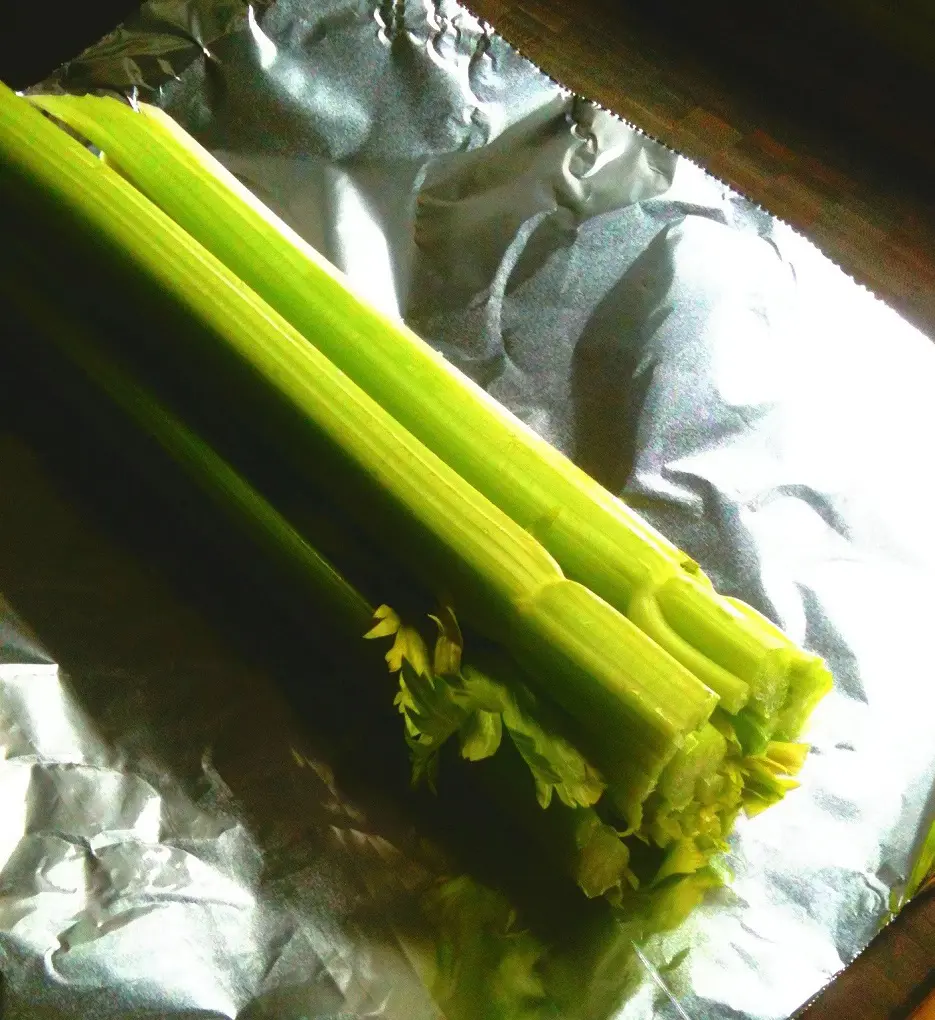
The key to preserving the best flavor and freshness in preserved celery is to establish a climate that strikes a balance between moisture retention and gas exchange. This is when aluminum foil turns into a useful tool for storage.
Tightly wrapping celery in foil creates a microclimate, a tiny ecosystem that holds onto the natural moisture in the stalks. The characteristic crisp texture and fresh flavor of celery are largely dependent on this moisture that is preserved.
Aluminum foil, though, has an added advantage. Like many other fruits and vegetables, celery naturally ripens by releasing ethylene gas. Thankfully, foil makes it easier to expel this gas gradually.
Through the process of ethylene escape, the foil aids in delaying the deterioration process. By extending its shelf life, this regulated release helps the celery maintain its best flavor and freshness for as long as feasible.
Place in Crisper Drawer
Certain storage conditions are necessary for celery to maintain its optimal flavor and freshness for longer. Your refrigerator's crisper section is the ideal haven for this green vegetable.
With a temperature range that has been precisely calibrated, this specialized compartment is usually slightly warmer than the remainder of the refrigerator.
Celery's precise balance of moisture content and crispness depends on this atmosphere. Celery can naturally wilt and lose flavor due to enzymatic degradation, which can be slowed down by storing it in a crisper drawer.
In addition, the humidity levels in the crisper drawer are frequently higher than in the main refrigerator section. By keeping the celery from drying out and going limp, this extra moisture helps it keep its delicious crunch and bright flavor for a longer amount of time.
Use Water for Extra Freshness
Consider using the water immersion method as an alternative preservation strategy that puts the highest priority on flavor and freshness. Add a few inches of cold water to a spotless, airtight container.
Keep the leafy tops of the celery stalks above the waterline by submerging the base of the stalks in the water. A loosely sealed container minimizes gas exchange while guarding against infection.
Most importantly, change the water every other day to keep celery fresh. Frequent water changes help to prevent bacterial growth, which can harm freshness and flavor.
By using this water bath technique, the celery stalks successfully extend their crispness and slow down the wilting process by directly absorbing more moisture.
This method works well for celery that will be eaten right away, as prolonged storage in water can eventually make the texture a little softer.
Avoid Freezing
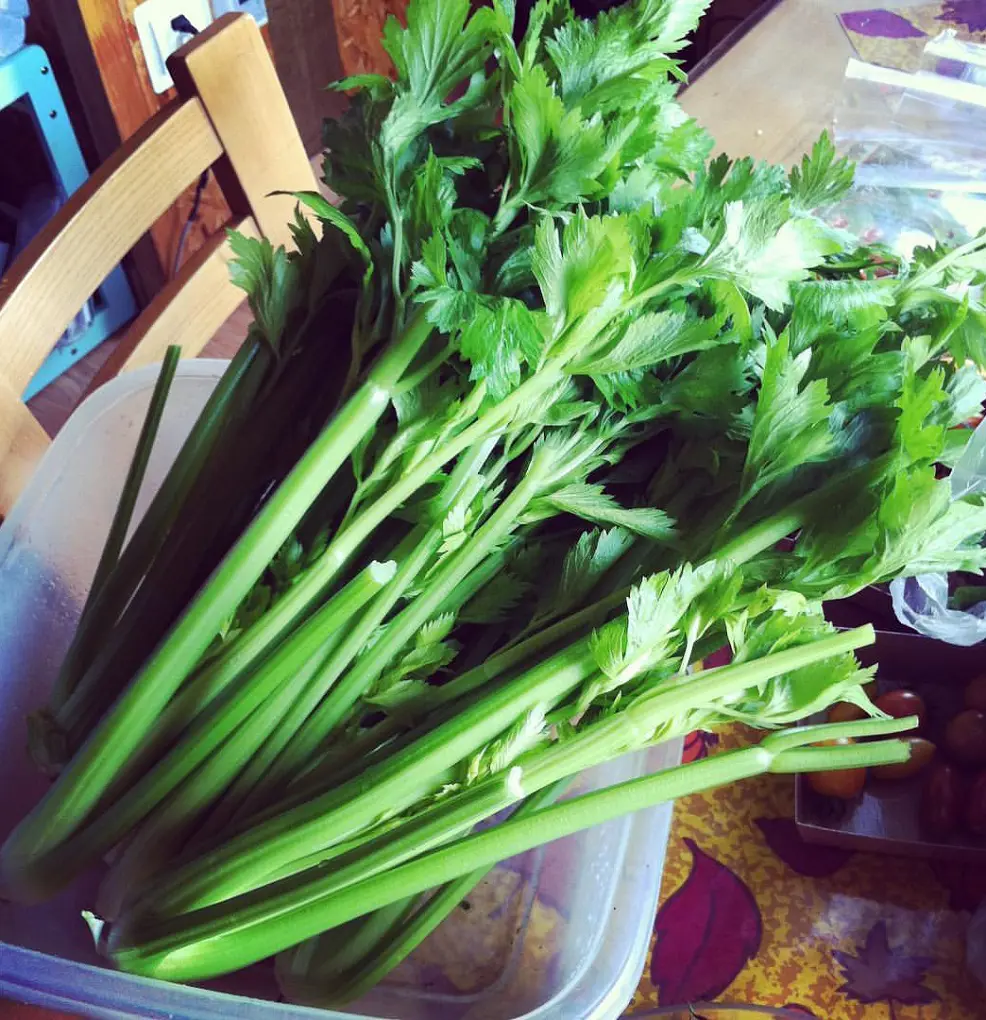
While freezing helps increase the shelf life of many vegetables, freezing celery is not advised. Freeze celery's cellular structure is particularly vulnerable to harm when it freezes.
When the cells defrost, the ice crystals that have formed inside of them may puncture and tear them, causing a breakdown in texture.
When consumed, this has a mushy, unpleasant feel. Moreover, the volatile chemicals that give celery its unique flavor profile may be adversely affected by freezing.
The distinctive celery flavor can be lost during freezing because these chemicals can seep out or become denatured. Thus, the best way to preserve celery's flavor and texture is to store it in the refrigerator under the right conditions.
Use a Plastic Bag
In a pinch, a perforated plastic bag can work just as well as aluminum foil, especially if the latter is not available. These well-placed holes provide a middle ground. They do, however, provide some air circulation, which helps keep excessive moisture from building up and causing decay.
However, compared to a fully sealed plastic bag, the holes are probably tiny enough to restrict the flow of ethylene gas to a slower rate. Compared to a completely sealed bag, this slower gas release might give you a little more time to store, but it's still not the best option for long-term storage.
It's vital to remember that aluminum foil will probably preserve maximum flavor and freshness longer than plastic bags, even with perforations. Aluminum foil is still advised to be used first whenever possible for best results.
Use a Vacuum Sealer
Using a vacuum sealer is a very efficient way to preserve celery while enhancing its flavor and freshness. The celery stalks are sealed inside a specifically made bag to eliminate air during the vacuum sealing procedure. There are two important reasons for this air removal.
First off, it drastically slows down the rate of oxidation, which is the process by which nutrients and flavoring compounds deteriorate in the presence of oxygen.
The distinctive crispness and fresh flavor of the celery are retained for an extended period by reducing oxygen exposure.
Second, the elimination of air prevents the formation of mold and bacteria, which require oxygen to flourish. When compared to conventional storing methods, this greatly lowers the chance of spoiling and increases the celery's shelf life.
As such, using a vacuum sealer to store celery is a very suggested method for anyone looking to get the most out of this crunchy and aromatic vegetable.
Monitor Temperature
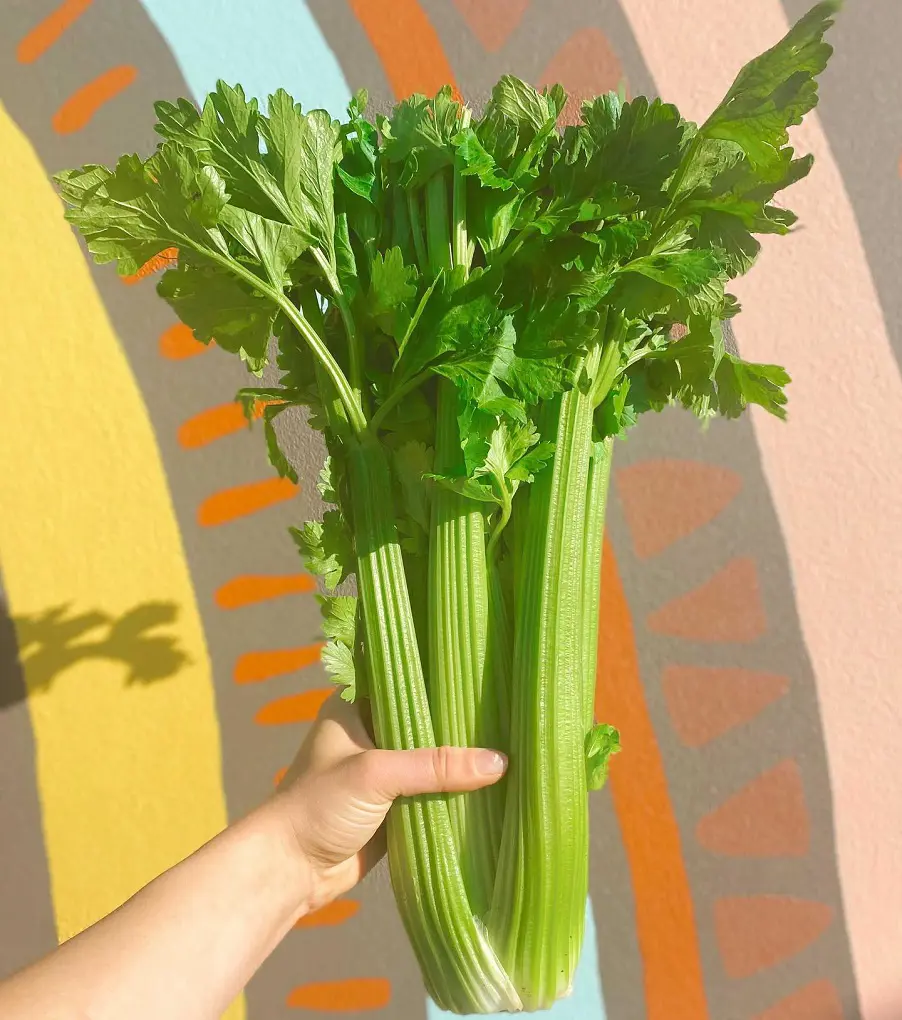
The key to preserving the taste and freshness of refrigerated celery is to keep the temperature well-regulated. Temperature variations have the potential to severely disrupt the cellular composition of vegetables, resulting in unfavorable alterations to their texture and flavor.
Celery needs a constant cool temperature of between 32 and 40°F (0 and 4°C) for best preservation. This cold environment efficiently reduces the rate at which celery naturally breathes, limiting moisture loss and impeding the action of enzymes that cause spoiling and flavor deterioration.
You can keep your celery for a long time by keeping it in this consistent, chilly environment, which will help it keep its crisp texture and bright flavor until you're ready to eat it.
Immediate Refrigeration After Purchase
The best way to store celery is to refrigerate it as soon as you buy it. Similar to most other fresh food, celery is a living thing that keeps on breathing and releasing moisture even after it is harvested. This organic technique ideally promotes taste and crispness.
But at room temperature, respiration quickens, and moisture loss happens quickly. The result of this dehydration is a decrease in flavor and nutritional value along with floppy stalks. Moreover, ethylene gas, which the plant naturally produces, can build up when cooling is delayed.
Celery ripens and goes through a process called senescence, or aging, accelerated by ethylene. You may drastically reduce respiration and ethylene production by putting your celery in the cool, regulated environment of the refrigerator as soon as possible.
This keeps your celery crisp and tasty and preserves its health benefits for a longer amount of time by reducing moisture loss and flavor degradation.
Storing Celery in the Dark
Minimize light exposure to preserve the flavor and freshness of preserved celery. Like many other vegetables, celery is light-sensitive, especially to the gas ethylene that some fruits and vegetables release.
Celery's natural deteriorating process is accelerated by ethylene gas, which works as a ripening agent. This results in a reduction in flavor overall, a loss of crispness, and the development of bitterness.
Consequently, give darkness priority for best storage. The best place to store celery is in your refrigerator's crisper drawer. The climate in this compartment is cool, dark, and damp, all of which help to prolong the life of celestial bodies.
Following these guidelines and avoiding too much light exposure can help you guarantee that your celery keeps its delicious flavor, crisp texture, and bright green color for a long time.
Preventing Ethylene Exposure

To preserve the flavor and freshness of celery that has been preserved, ethylene gas exposure must be avoided. Some fruits and vegetables naturally release ethylene, which has ripening properties. Regrettably, celery deteriorates more quickly when exposed to ethylene.
The bright green hue fades and the firm texture becomes limp. Careful storage techniques are necessary to counteract this negative impact.
First, find the culprits in your crisper drawer that are releasing ethylene. Melons, apples, bananas, and avocados are common offenders. You may protect your celery from unwanted ethylene exposure by keeping it separate from these fruits and vegetables.
Ideally, set aside a section in the crisper drawer specifically for celery or keep it in a different container entirely.
When the time comes to savor your celery, our proactive method guarantees that it will stay at its peak freshness and maintain its distinct crispness and vivid flavor.
Moisture Control
Good moisture management is essential to maximizing the flavor and freshness of stored celery. When celery is at its best, its high water content gives it a wonderful crispness. However poor storage techniques can cause moisture loss, which makes the stalks floppy and unappealing.
With chopped celery, the difficulty increases. Moisture loss is accelerated on exposed surfaces. The damp paper towel approach works really well here. By draping cut celery in a paper towel that is somewhat damp but not completely wet, you can increase the humidity in the microenvironment.
By acting as a reservoir, the paper towel helps to retain the freshness of the celery and refill moisture lost through the cut ends. As an alternative, sliced celery stalks can be preserved crisp and hydrated by immersing them in water.


